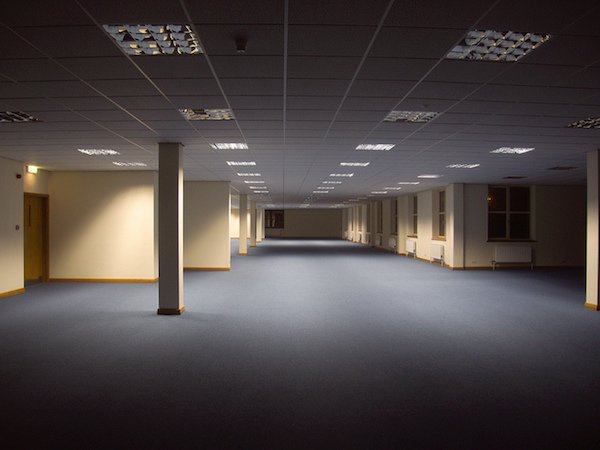One-sixth of commercial premises in Waterford City are vacant, a new study has found. Overall, the commercial vacancy rate in Waterford decreased to 13.9% in the year to Q4 2021 according to the latest GeoDirectory Commercial Vacancy Rates Report.
Of all the major urban areas in Waterford surveyed, Waterford City had the highest commercial vacancy rate of 16.5% – or one-sixth, while Tramore had the lowest (14.0%).
Nationally, the commercial vacancy rate was 13.9% in Q4 2021, the highest level of commercial vacancy recorded by GeoDirectory since the report began in 2013.
The report, prepared by EY, found that commercial vacancies increased in 15 out of 26 counties. The highest commercial vacancy rates were recorded in the west of the country, continuing the trend observed in previous reports.
Sligo, at 20.0%, was the county with the highest commercial vacancy rate, followed by Leitrim and Roscommon, both at 17.1%. In Q4 2021, the average commercial vacancy rate for Connacht was 17.3%.
Meath (10.2%) was the county with the lowest commercial vacancy rate in the state, with Wicklow (10.4%) and Kerry (11.3%) also recording notably low rates. In Dublin, the commercial vacancy rate increased to 12.9%, second only to Laois at 14.2%.
Nationally, Ballybofey, Co. Donegal was the town with the highest rate in Q4 2021, at 30.0%. Edenderry, Co. Offaly (27.7%), Edgeworthstown, Co. Longford (26.3%), Kilrush, Co. Clare (26.2%), and Roscommon Town (24.2%) completed the top five towns by highest commercial vacancy rate.
Gorey, Co. Wexford, at 7.8%, was the town with the lowest commercial vacancy rate in the country.
Greystones, Co. Wicklow (7.9%) was the town with the second lowest rate, while Carrigaline, Co. Cork (8.5%) had the third lowest.
In the capital, Dublin 2 recorded the largest year-on-year increase in vacancy, with a 3.1pp increase to reach a vacancy rate of 16.8%, the highest across Dublin’s postal
districts.
The Dublin postcode with the lowest vacancy rate was Dublin 16, at 6.8%. A total of 16 postal districts recorded an increase in their vacancy rates since Q4 2020.



















